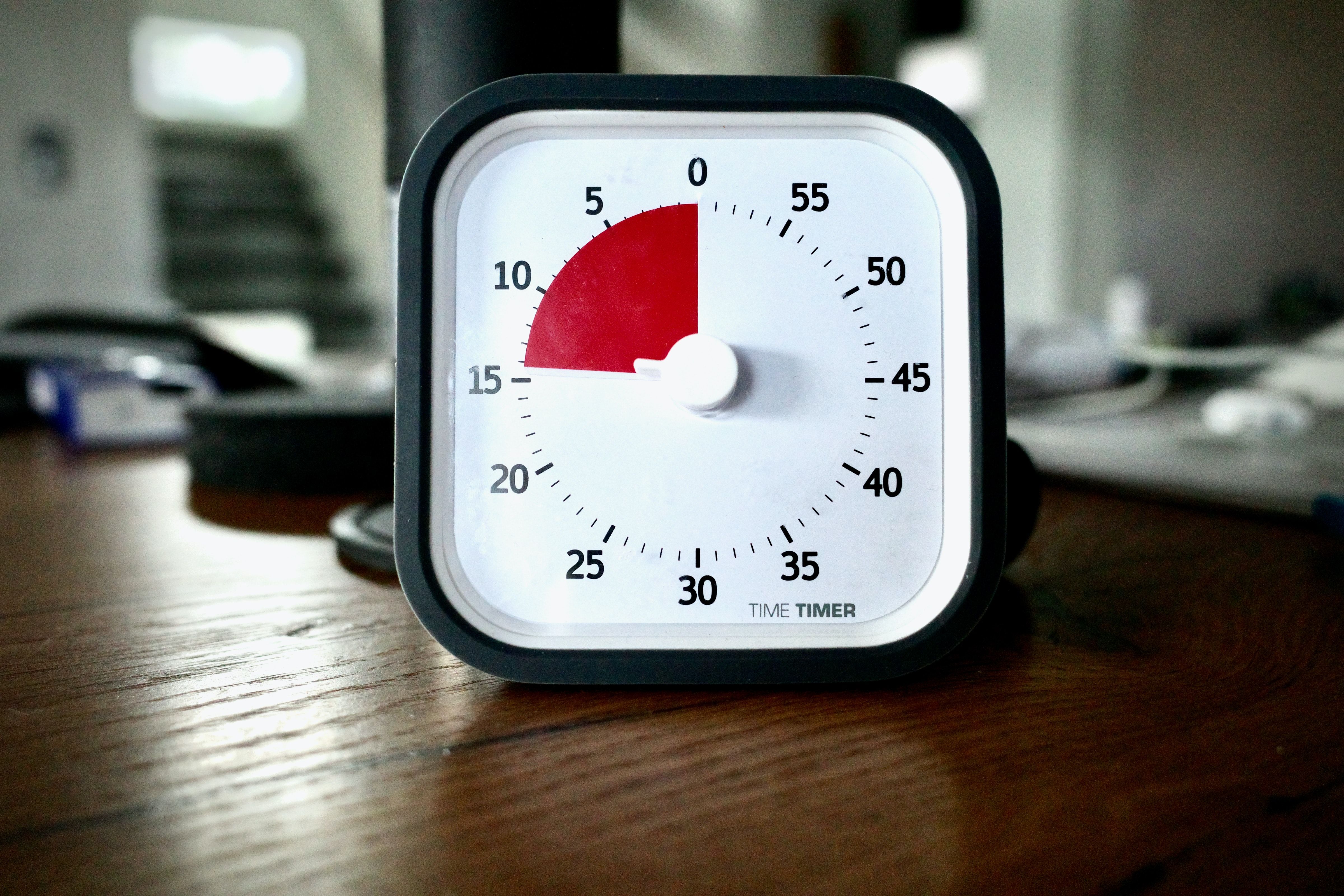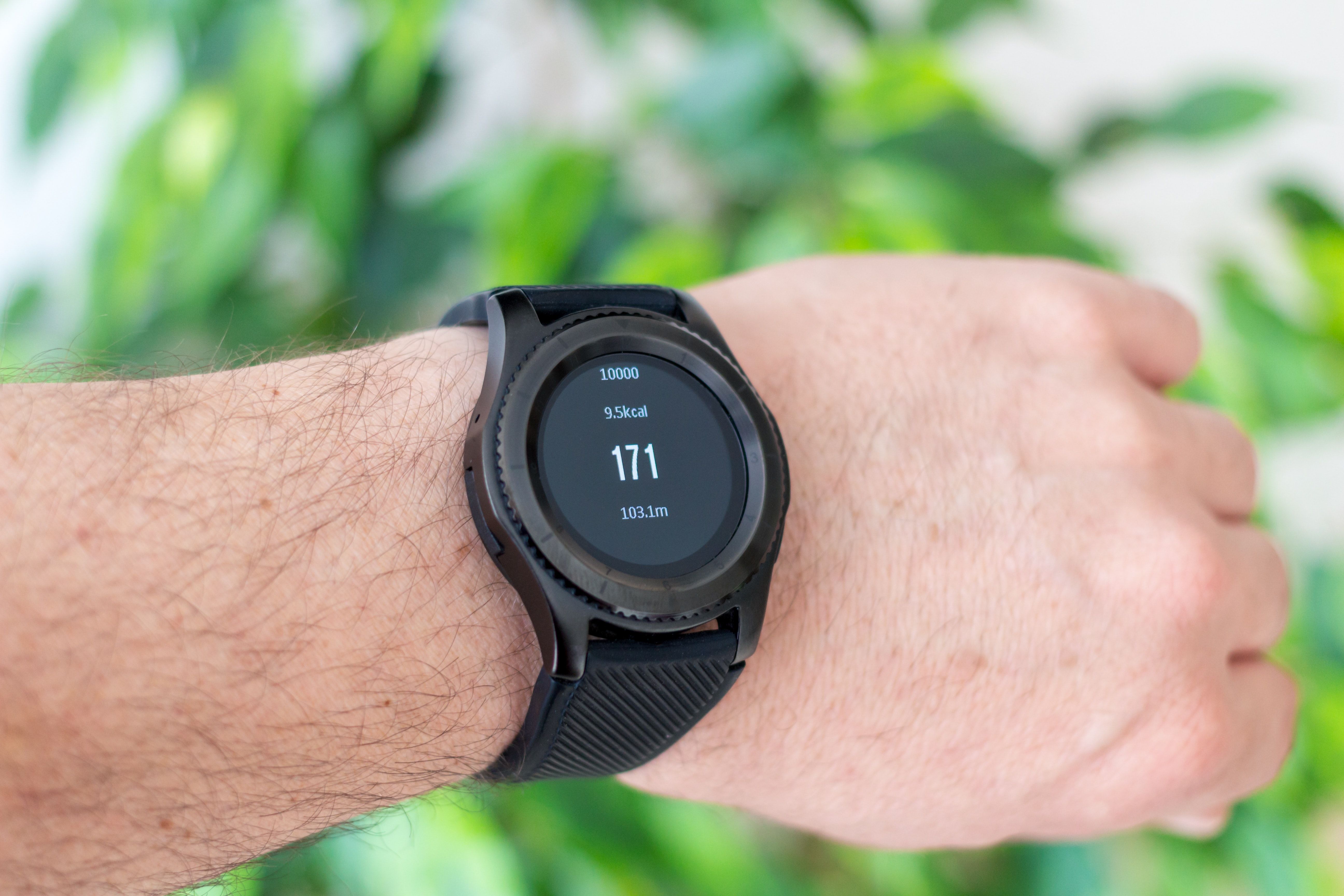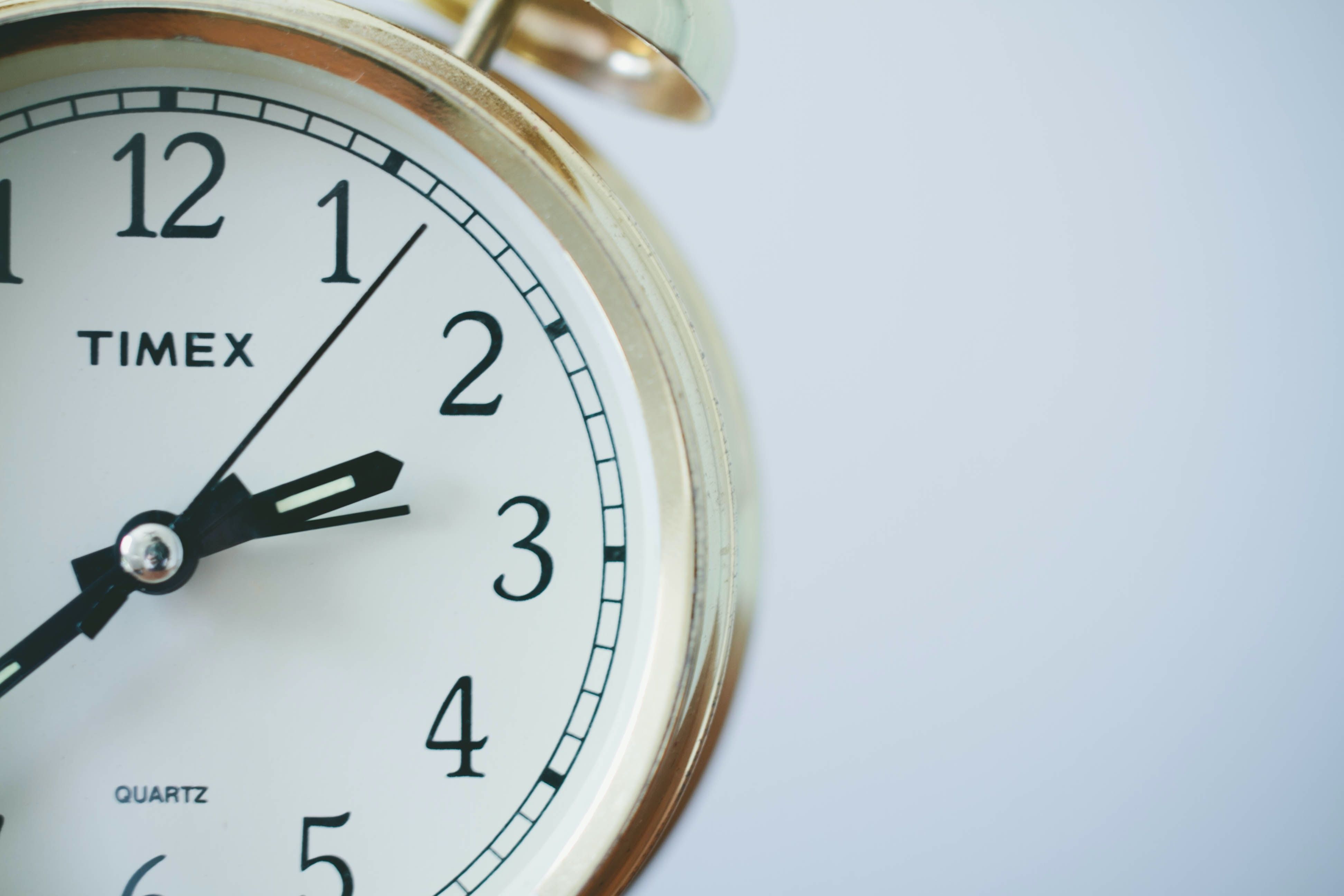It's important to rest throughout your work day. But it's not enough to just stop working. If you want to be refreshed and energized when your break ends, some strategy is required.
Here are eight tips for making sure your break is effective.
1. Don't Work on Your Break
If you spend your break answering text messages and doing chores, it's not really a break. Instead, use good time management techniques to avoid playing catch-up.
Preparation is key for this. For instance, make your lunch ahead of time, so you don't spend half your break cooking it. You can also let your friends and family know that you may not reply right away during the workday. This helps relieve pressure to respond to messages.
2. Time It Carefully
You should take a break approximately every two hours, and make each one about 15-20 minutes long. It can be a little longer if you're eating a meal. But hour-long breaks are difficult to regain momentum from, and shorter ones don't offer enough time to relax.
The timing of the break itself is also important. Take your break before you feel tired. Breaks are to help you maintain energy, not recover it! This is why it's important to take your breaks on time, even if you don't feel like you need it yet.
3. Avoid Napping
While there is time for a 5-10 minute power nap on a break, this isn't recommended. You may feel groggy when you wake up, since this isn't long enough for a full sleep cycle. Also, you may need extra time to fall asleep in the first place, which can interfere with the timing.
If you need to catch up on sleep using your breaks, it's usually better to ask for the day off, and recover properly. Breaks can't make up for a poor night's sleep. You might need to adjust your schedule to make sure you are better-rested.
4. Change Location
This is especially important if you work in a small office, or from home. Get a complete change of scenery. At the least, leave the room your workstation is in. Better yet, leave the building and take a quick walk!
The change of scenery helps your brain shift out of work mode. The more changes you have, the faster you can let go of work and start focusing on restoring your energy needs. Going outside will add changes in smell, sound, temperature, and more, which is why getting some fresh air is the best option.
If you can't go outside, moving to another room is the next-best thing. If you can, open a window, turn on a fan, or do something to change up the atmosphere. Playing some music can also help.
5. Raise Your Heart Rate
15-20 minutes may not be enough time for a full session at the gym, but you can still get some cardio in. Cardio is the best kind of exercise to do on your break, especially if your job is sedentary. It helps restore circulation and creates adrenaline!
You don't need any exercise equipment to do cardio. If it's warm where you are, you might want to bring a change of shirt for it, though. Try walking up and down stairs at a quick pace, or doing some fast-paced yoga. If you can go outside, a brisk walk around the block is a great way to work out!
However, you choose to exercise, make sure not to strain yourself. The goal is simply to raise your heart rate, not to push you through a marathon. Also, be sure to stretch before and after exercising, so you don't get muscle cramps.
6. Get a Mental Boost
Your break should address your mental health needs. Ideally, you should begin with a mindfulness exercise that helps you decompress. Then you can move into something that gives you more of a boost.
If you feel stressed or struggle to focus on your break, some mindfulness may be in order. In a chaotic or cramped workspace, a mindfulness app can help a lot. If you can find a quiet space, though, taking a few minutes to just breathe and focus on the present moment can do a lot.
For a mental energy boost, consider a hobby that can be enjoyed in short doses. If you're at home, playing with a pet works well! Most video games aren't good for breaks, though, as they're hard to put down. Social media can be similarly draining.
7. Meet Your Nutrition Needs
Keeping your water bottle in reach at work is a good idea, but don't neglect hydration on your breaks, either! Similarly, you are less likely to feel sluggish after a healthy meal than after junk food.
Consider high-nutrient foods like fresh veggies and yogurt or fruit if it's warm out. If it's cold, try a bowl of soup or re-heated leftovers. Preparing your meal ahead of time or using a subscription box service can help with break timing. It also gives you something to look forward to.
Sugary snacks may provide a temporary rush, but you're sure to crash after. Enjoy these after work, instead. Similarly, avoid caffeine in the afternoon. Too much caffeine can dehydrate you, interfere with your sleep, and make it hard to focus.
8. Spend Some Time Talking
This is especially important if you work from home. The isolation of computer work can really drain your energy, even if you are an introvert. To counter this, use your break as a chance to connect face-to-face with the people who matter to you.
Sharing a meal or taking your exercise together is a good way to do this. But if you can't connect in-person, consider a phone call. You could also use the time to send a simple gift their way. A short letter, invitation to hang out later, or even a hand-made meme could make their day and bring you closer together.
Example: Strategic Break Structure
This might seem like a lot of boxes to tick in a short time, but it's more doable than you may think! Here's an example of a break that employs all these aspects for maximum restoration. It uses the work-from-home scenario.
First, leave the workspace. Get up from the desk and head outside. Once there, stretch your legs and back while waiting for your break companion. Once they get there, walk briskly together around the block. As you walk, you can talk about your day so far or discuss a hobby you share.
When you return, stretch again, then sit down and eat a healthy snack. Wash it down with some refreshing water. At this point, your stopwatch dings, alerting you that 20 minutes have passed. Your heart rate has risen, pumping dopamine and adrenaline through your body. You can now return to work with renewed energy!
Go Back to Work With More Energy
By strategically designing your breaks, you can make it easy to get back to work. Not only that, but you'll be able to come back swinging. Taking good breaks is essential to a productive workday, so don't neglect them.
Of course, the best breaks help your eyes as well as your energy. As you refine your breaks, try to cut screens as much as possible, too.










